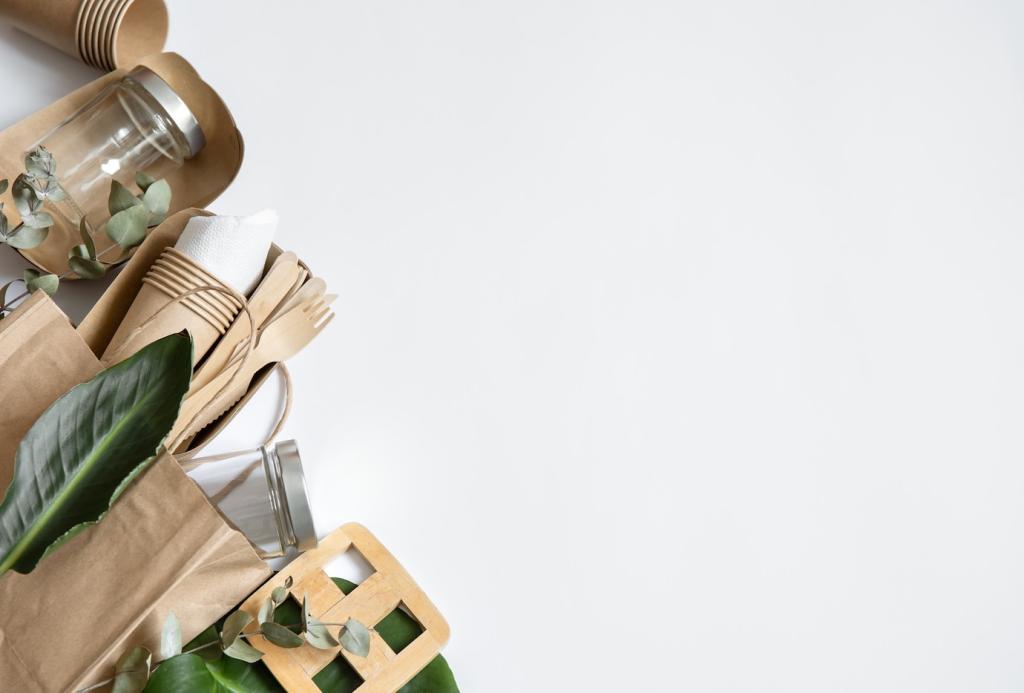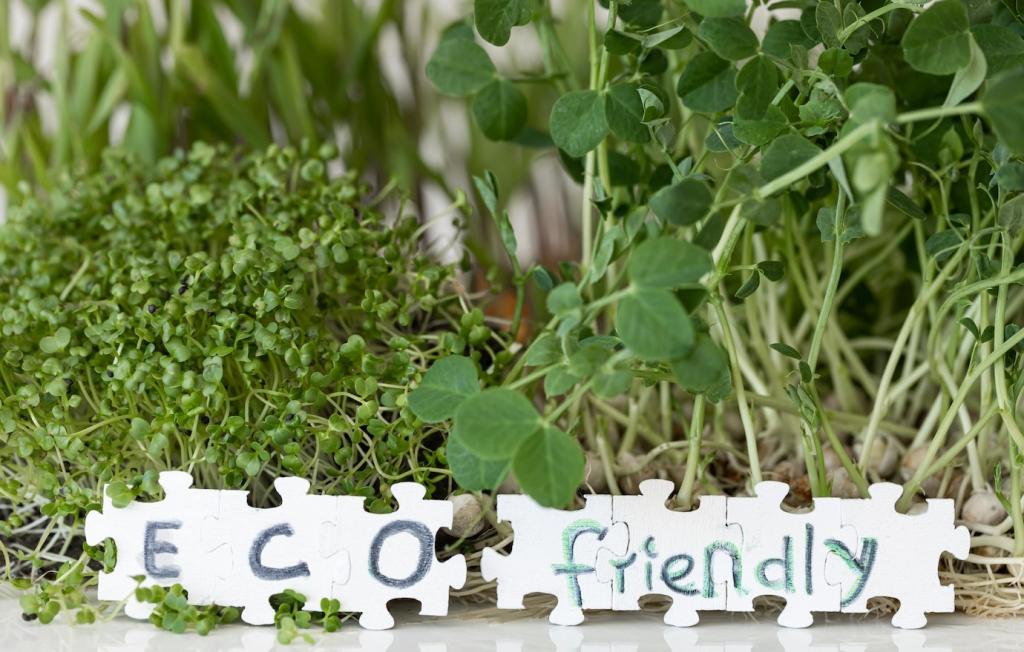Eco-Friendly Paint Choices: Breathe-Easy Color for Conscious Homes
Why VOCs Matter in Eco-Friendly Paint Choices
Traditional solvent-heavy paints can release volatile organic compounds long after the last brushstroke, affecting indoor air quality. Choosing low-odor, waterborne alternatives keeps spaces fresher while reducing headaches, lingering smells, and that telltale post-paint haze.


Understanding VOC Numbers and Categories
Interior flat paints often target 50 g/L VOC or less, while “zero-VOC” marketing typically claims under 5 g/L. Always note whether numbers apply before or after tinting, and whether regulations differ for primers, semigloss, or specialty coatings.

Certifications That Add Credibility
Look for third-party standards like GREENGUARD Gold, Green Seal, EU Ecolabel, or EPA Safer Choice on related cleaners. Independent verification helps you trust claims, particularly for emissions testing over time rather than marketing promises alone.

Waterborne Acrylics with Low Odor
Modern waterborne acrylics balance low odor, quick drying, and durable films suitable for busy homes. Many offer scrubbable finishes for kitchens and hallways, making them a practical first step when moving away from traditional solvent-laden coatings.

Mineral Classics: Limewash and Silicate
Limewash and potassium silicate paints mineralize onto masonry and plaster, creating matte, breathable surfaces that resist mold. They patinate beautifully over time, especially on stone and brick, and can moderate moisture in older homes with charm.

Bio-Based and Recycled Ingredients
Some brands incorporate plant oils, casein, or recycled content to reduce fossil inputs. These options can lower embodied carbon while delivering rich finishes. Always check compatibility with your substrate and primer for the strongest, long-lasting bond.
Color Without Compromise in Eco-Friendly Paint Choices
Tinting Pastes and Hidden VOCs
Even when the base is zero-VOC, conventional colorants may add emissions. Ask for zero-VOC tints and test chips at home. Let colors sit overnight to ensure your nose agrees with your eyes before committing to multiple gallons.
Sheen, Light, and Cleanability
Eggshell and satin balance wipeability and subtle glow, while matte hides imperfections with cozy depth. In kitchens and kids’ rooms, a scrubbable eggshell reduces touch-up stress without a plastic shine, keeping sustainability and practicality aligned.
Daylight, LEDs, and Mood
Eco-friendly paint still needs mindful lighting. Cool LEDs can flatten warm hues, while daylight shifts undertones across hours. Paint larger swatches, observe morning to evening, and note how color influences calm, focus, and restful breathing.
Prep and Application for Eco-Friendly Paint Choices
Gentle Cleaning and Safe Sanding
Use mild, phosphate-free cleaners and tack cloths to lift dust without harsh fumes. When sanding, a HEPA vacuum and mask reduce particles. Clean surfaces help low-VOC coatings adhere, improving durability and finish quality without extra coats.
Primers That Support the Finish
Stain-blocking and bonding primers come in low-VOC versions, crucial over glossy or patched areas. They minimize tannin bleed and reduce total topcoats. Ask your paint counter for a primer compatible with mineral or bio-based systems before rolling.
Application Tips for Coverage and Dry Times
Aim for 350–400 square feet per gallon per coat, adjusting for texture and color change. Maintain ventilation, roll in consistent sections, and respect recoat windows. Rushing can trap moisture, dulling sheen and undermining that beautifully clean finish.
Stories That Inspire Eco-Friendly Paint Choices
Maya painted her baby’s nursery with a zero-VOC base and zero-VOC tint, finishing two coats on Saturday. By Sunday morning, the room smelled like fresh laundry and cedar crib wood, not solvents, and nap time felt instantly calmer.
Stories That Inspire Eco-Friendly Paint Choices
Theo revived his 1890s brick with limewash, welcoming gentle color variations and breathability the walls needed. Neighbors kept asking which brand delivered that velvety, mineral depth—proof that greener can also be strikingly architectural and authentically timeless.




After the Brush: Caring for Eco-Friendly Paint Choices
Seal cans tightly, wipe rims, and store in temperate spots off the floor. Decant small amounts into jar-sized containers for easy touch-ups. Good storage preserves color accuracy and prevents premature spoilage, saving waste and repeat shopping trips.
After the Brush: Caring for Eco-Friendly Paint Choices
Latex paint can often be dried and disposed per municipal rules, while some centers accept liquid for recycling. Never pour down drains. Check your city’s household hazardous waste days to keep waterways clear and neighborhoods safer.
